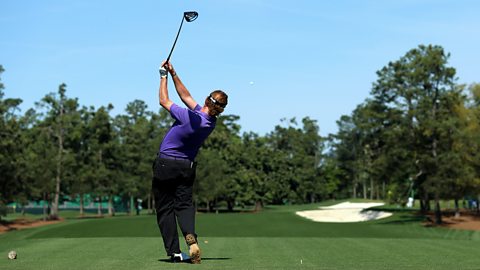Family, education, time and cost in sport
Family
Children frequently take part in the same physical activities as their parents. They also often follow the same sports, support the same teams or indulge in friendly family rivalry. When the family has a habit or routine of being active, and a positive attitude towards sport, the children are more likely to stay active themselves. If the family has a negative attitude towards physical activity, the children are less likely to become involved with sports.
Many children rely on their family for equipment and travel so this affects their participation and choice of activity.
As a contrast, many parents become involved in coaching or organising sports activities, or spectating, because their children participate.
Education
Schools have a great influence on participation:
- physical development of motor skills and specific techniques
- guidance on health and fitness
- introduction to and experience of a wide range of activities
- experience of good leadership
- develop positive attitude
- provision of role models
- regular participation through curriculum PE
- opportunities for qualifications - academic (GCSE), vocational (NVQ), leadership (YST sports leaders) and coaching certificates.
- opportunities through extracurricular activities (including links with local sports clubs and recommending students for higher representation or national player pathways)
Greater availability of further education and higher education also improves opportunities for continuing sports participation.
Time and work commitments
Long working hours and a lack of free time affect participation in sport.
Parents looking after children might not have much free time to take part; people whose working day is made longer by commuting may not find time to be active; shift workers might not be free at the appropriate time.
Some activities are easier to fit into a tight schedule than others. For example, a 20 minute workout in the gym might be more suitable than a scheduled 60 minute badminton coaching session.
Cost and disposable income
Disposable income is money remaining after taxes and other compulsory charges have been deducted. It is the money left over to be spent on whatever the person needs or wants.
Some social groups have more disposable income which allows them to participate in sports and activities that are more expensive. Equestrian sports need horses, costly equipment and specialised transport. Skiing is often done abroad and so requires travel and accommodation costs. Many golf clubs charge a large membership fee.

Some social groups have less disposable income so sports and activities which don’t cost so much might be more favourable to them. Running, swimming, football, netball, basketball and rounders can be inexpensive to take part in.
Sports providers need to be aware of the costs when trying to engage people with lower incomes.